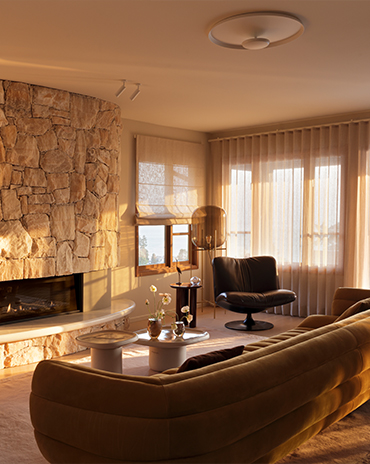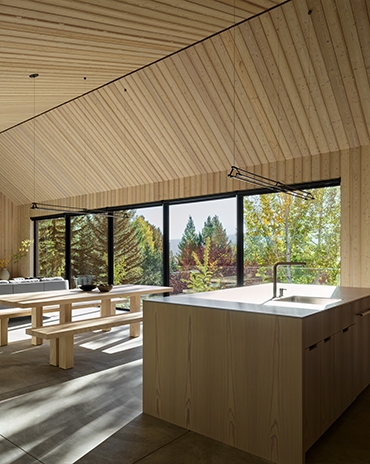Copyright © 2025 Motivate Media Group. All rights reserved.
Formafantasma turns Tacchini’s sofas inside out with new wool upholstery inspired by antique matresses
The new fabrication process aims to introduce a nature-based approach
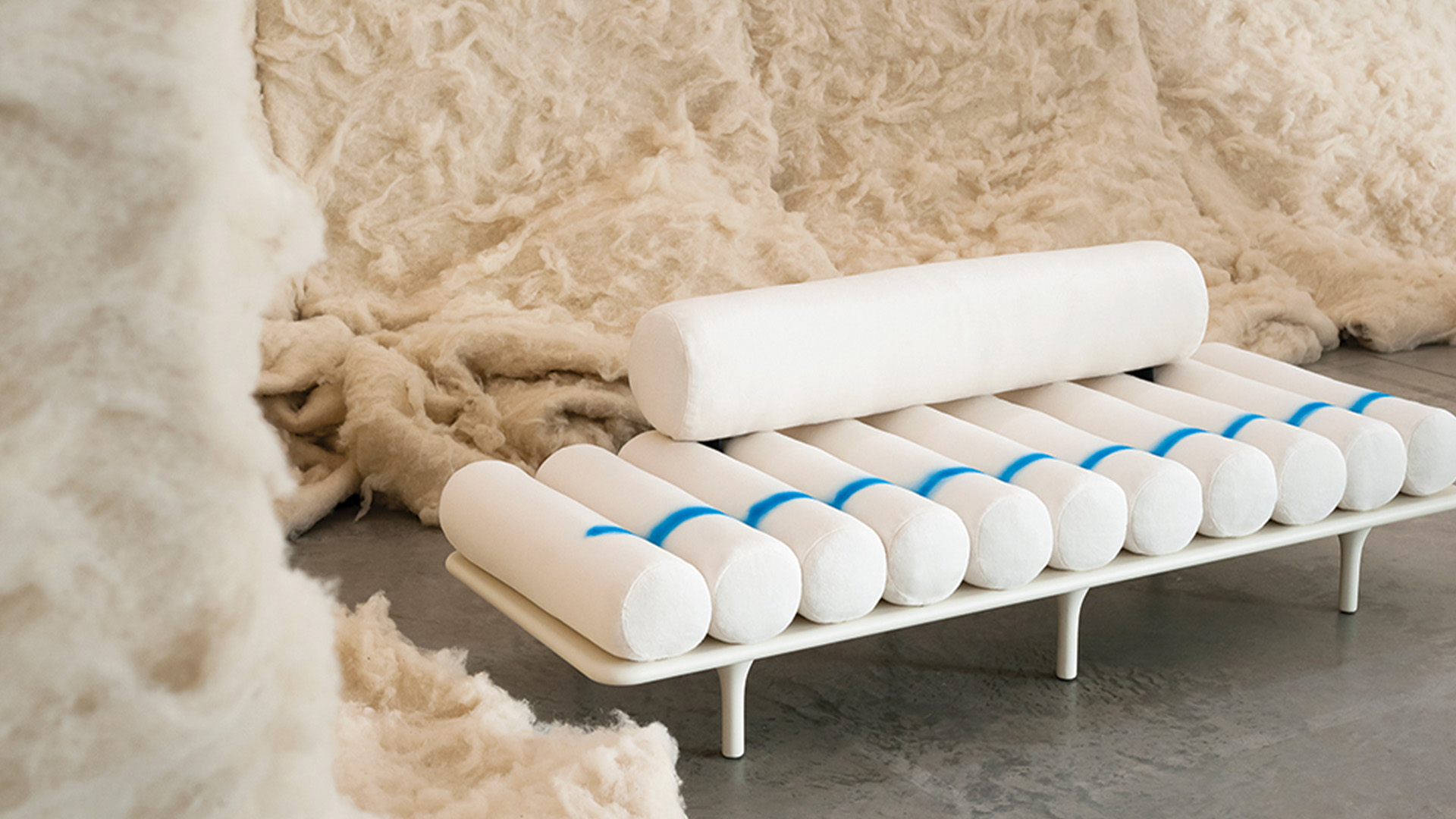
Formafantasma – led by Italian architects Andrea Trimarchi and Simone Farresin – describe themselves as a research-based studio investigating the ecological, historical, political and social forces shaping the discipline today – and rightfully so. While also contributing to the commercial segment of the industry, the studio’s work is largely led by investigations into the more passive actors of the design process, such as trees (the focus of its ‘Cambio’ exhibition that explored wood and the global dynamics of the timber industry), animals and the wider environment.

“For a very long time, as designers we have been focusing [solely] on the relationship with humans, making design a human-centred activity, which, in one way, we think is positive. But a human-centred perspective also means only focusing on their needs and aspirations and undermining the analysis of the surrounding production in the design of objects and systems,” Trimarchi tells identity.
“When you talk about the extraction of materials, you [must] also talk about the ecosystems and animals involved in the production process; other beings that are not human, and so the inclusion of this in our investigation is a way of recognising that the ecosystems of object production and design are much larger and [reach] far beyond the user,” he says.
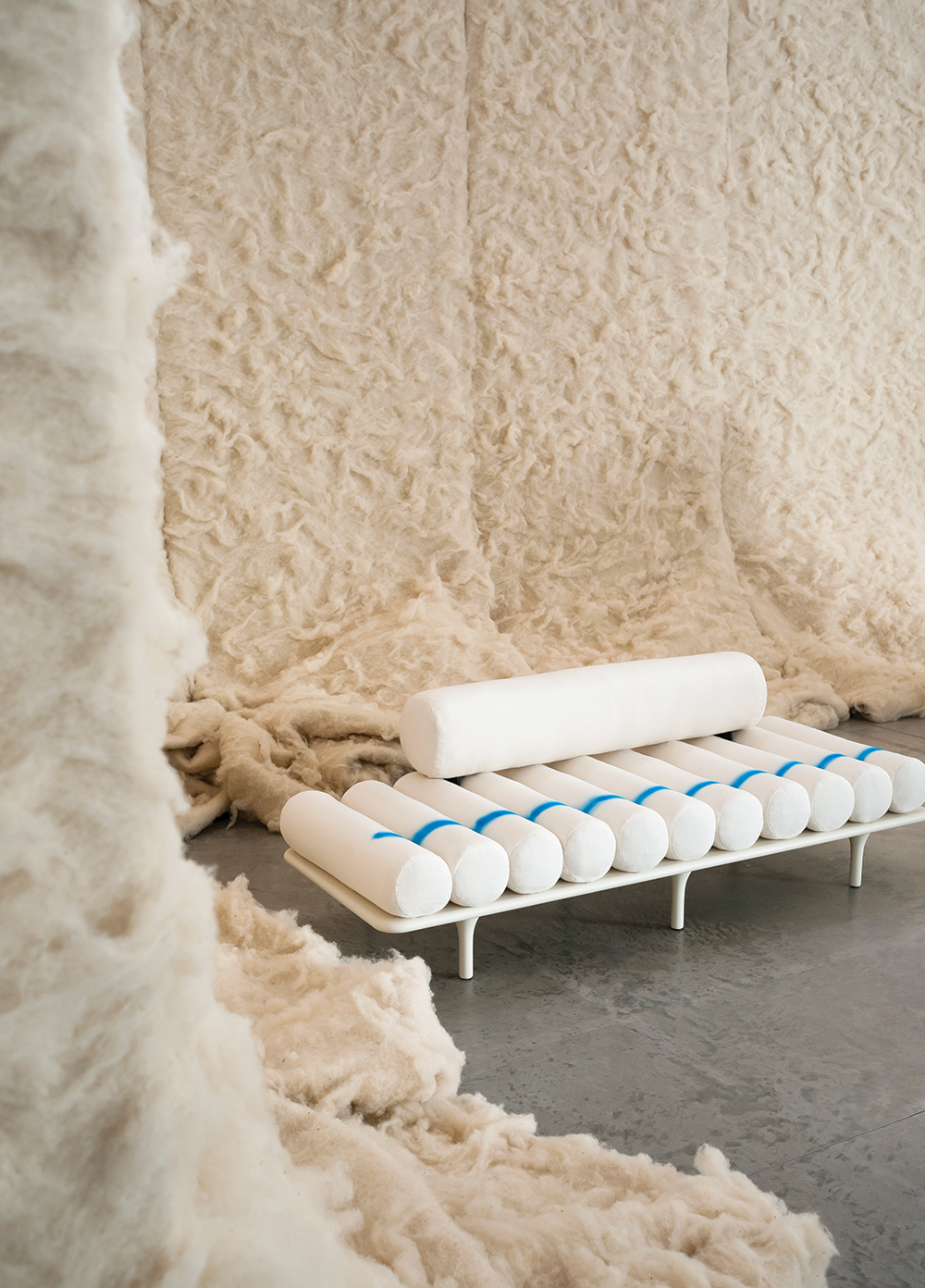
The duo is currently preparing for the opening of its exhibition titled ‘Oltre Terra’ at The National Museum of Norway in Oslo, where they were commissioned to explore the subject of wool along with its farming and distribution and the sheep used for its production. An outcome of this research informs their latest collaboration with furniture brand Tacchini for a project titled ‘Tacchini Flock’ that rethinks the brand’s manufacturing process by introducing a nature-focused alternative based on circularity and environmental concerns as well as time-honoured traditions.

Part of a wider showcase at Capsule Plaza in Milan, the project involved reworking the upholstery of four of Tacchini’s most iconic seating designs from the inside. Using a technique inspired by antique mattress production in Italy, the new upholstery uses surplus sheep’s wool in combination with natural latex to replace industrial foam, utilising a natural material that has “paradoxically” been treated as a waste material.
As with most projects by Formafantasma, the goal is never just about the object itself but a step towards a larger mission. ‘Tacchini Flock’ looks at the wider relationship with shepherding in Italy and Europe as a whole, and the challenges faced by nomadic farmers in disposing of wool – the same challenges that are presented in other parts of the world due to the centralised wool market that is based primarily in Australia, South Africa and New Zealand.
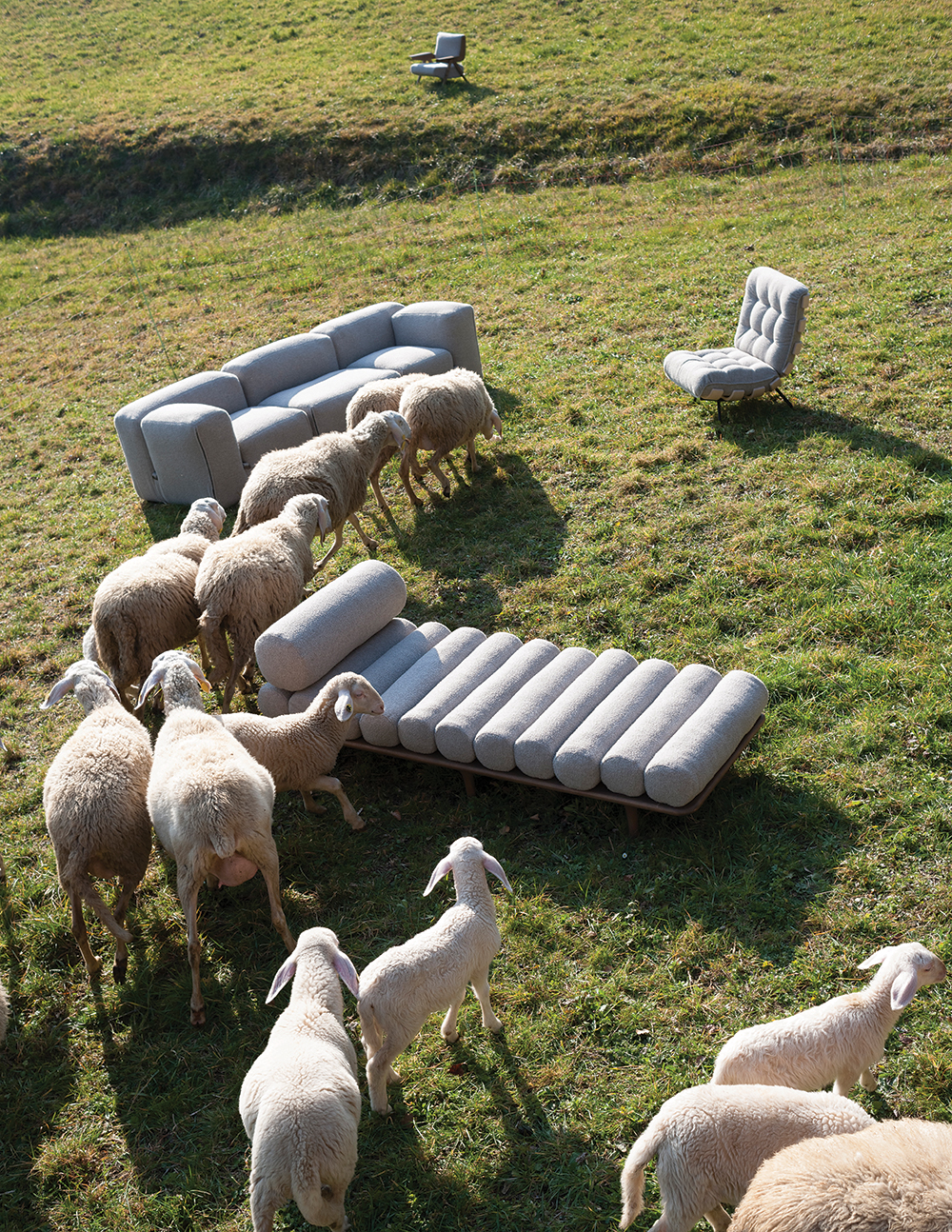
“Many facilities for the processing of wool are no longer available, so farmers need to dispose of wool almost as a waste material, [which causes] a struggle with the management process or [ends up] becoming a cost,” Trimarchi explains. “For us, this project with Tacchini is a way to introduce a more sustainable material – but it is also about thinking about the larger implications of producing things with wool and how it can be beneficial for multiple actors. And it is [also] a way of showing how what we are doing with a museum or an institution in terms of research can also be applied to a company,” he adds.
Each of the designs will continue to be available by the brand with its traditional stuffing, now alongside an option with the new wool and natural latex filling conceived by the duo. And while the team acknowledges the benefits of using the latter option, they also admit that the proposal is far from perfect. “I think the challenge here is that wool over the years needs to be maintained – it becomes much more compact and loses volume, and this means that the product will need to be opened up, moved and aired out,” Trimarchi explains. This would also mean sending the furniture back to Tacchini’s facilities for maintenance which could involve travel, depending on the user’s location.
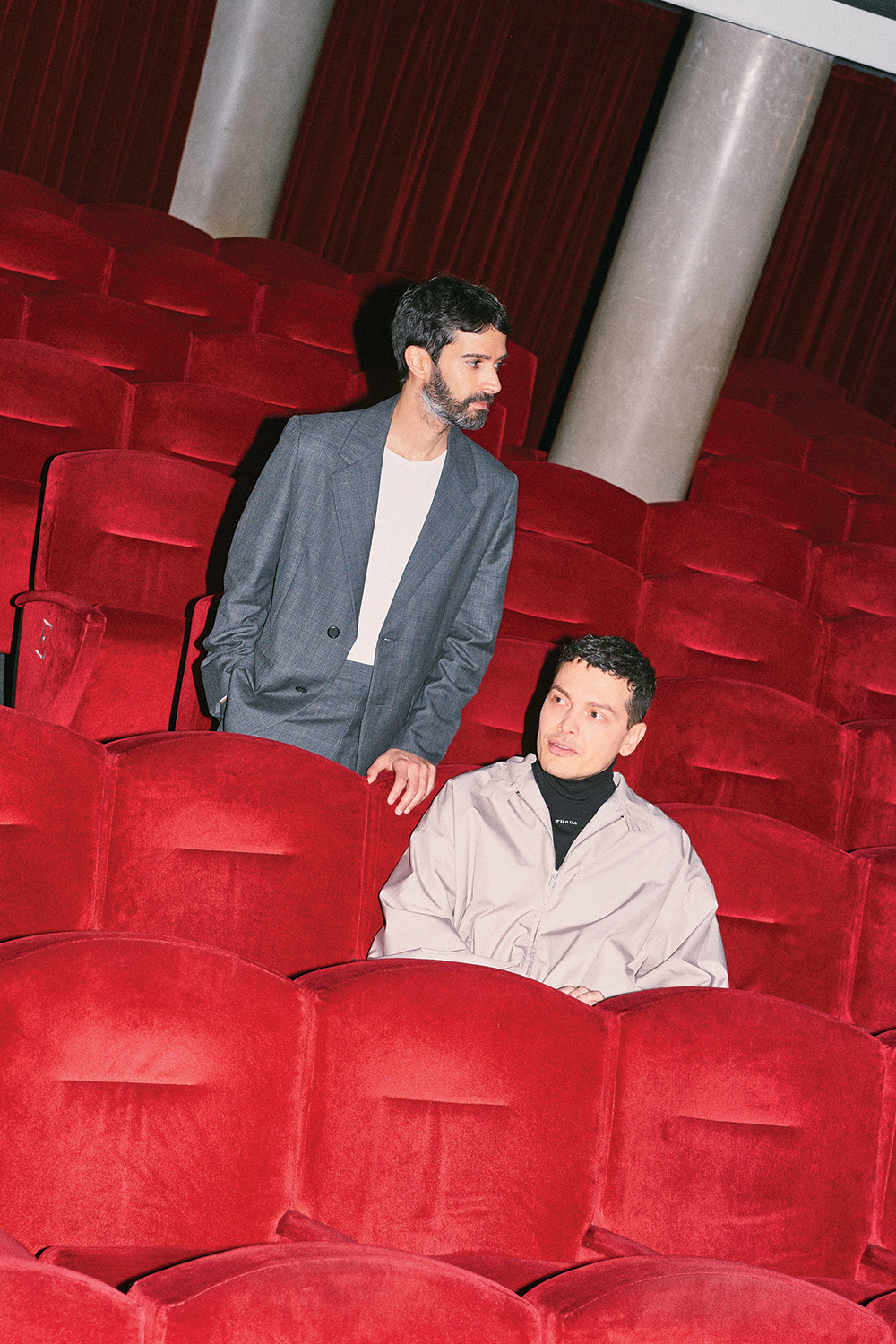
“The system now is not perfect, but I think it is important to at least start making these changes and over the years to see where it leads,” Trimarchi says. “The next step we want to take is designing a product for Tacchini [where] we start from the material and design around it. I don’t know how long that will take; hopefully it will be ready by next year – but it is the next step in the project.”
And while much of the research takes inspiration from traditional techniques, Trimarchi assures us that the past is not the driving force here. “This project is not about tradition or nostalgia,” he says. “It is actually about going forward and doing better.”
The Latest
Things to Covet in June 2025
Elevate your spaces with a pop of colour through these unique pieces
Designing Spaces with Purpose and Passion
We interview Andrea Savage from A Life By Design – Living & Branding on creating aesthetically beautiful and deeply functional spaces
Craft and Finesse
EMKAY delivers a bold and intricate fit-out by transforming a 1,800 sqm space into SUSHISAMBA Abu Dhabi, a vibrant multi-level dining experience
An Impressive Entrance
The Synua Wall System by Oikos offers modularity and style
Drifting into Summer
Perennials unveils the Sun Kissed collection for 2025
The Fold
Architect Rabih Geha’s collaboration with Iwan Maktabi
From Floorplans to Foodscapes
For Ayesha Erkin, architecture was never just about buildings, but about how people live, eat, gather and remember
Between Sea and Sky
Cycladic heritage, heartfelt hospitality and contemporary design converge on Deos Mykonos, designed by GM Architects
A Fresh Take on ’70s Style
Curved shapes and colourful artworks bring vibrancy to this contemporary home with mesmerising nature views
Into the Woods
Perched among the treetops, this serene home’s permanent connection to nature invites dwellers to unplug and unwind
A New Chapter for Dubai – Jebel Ali Racecourse
A.R.M. Holding and BIG unveil visionary masterplan around Jebel Ali Racecourse














